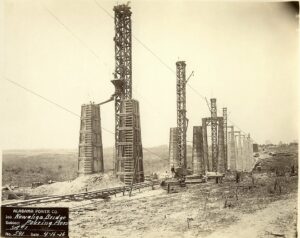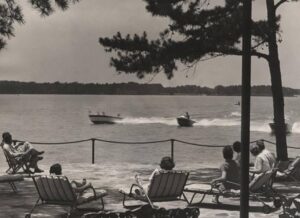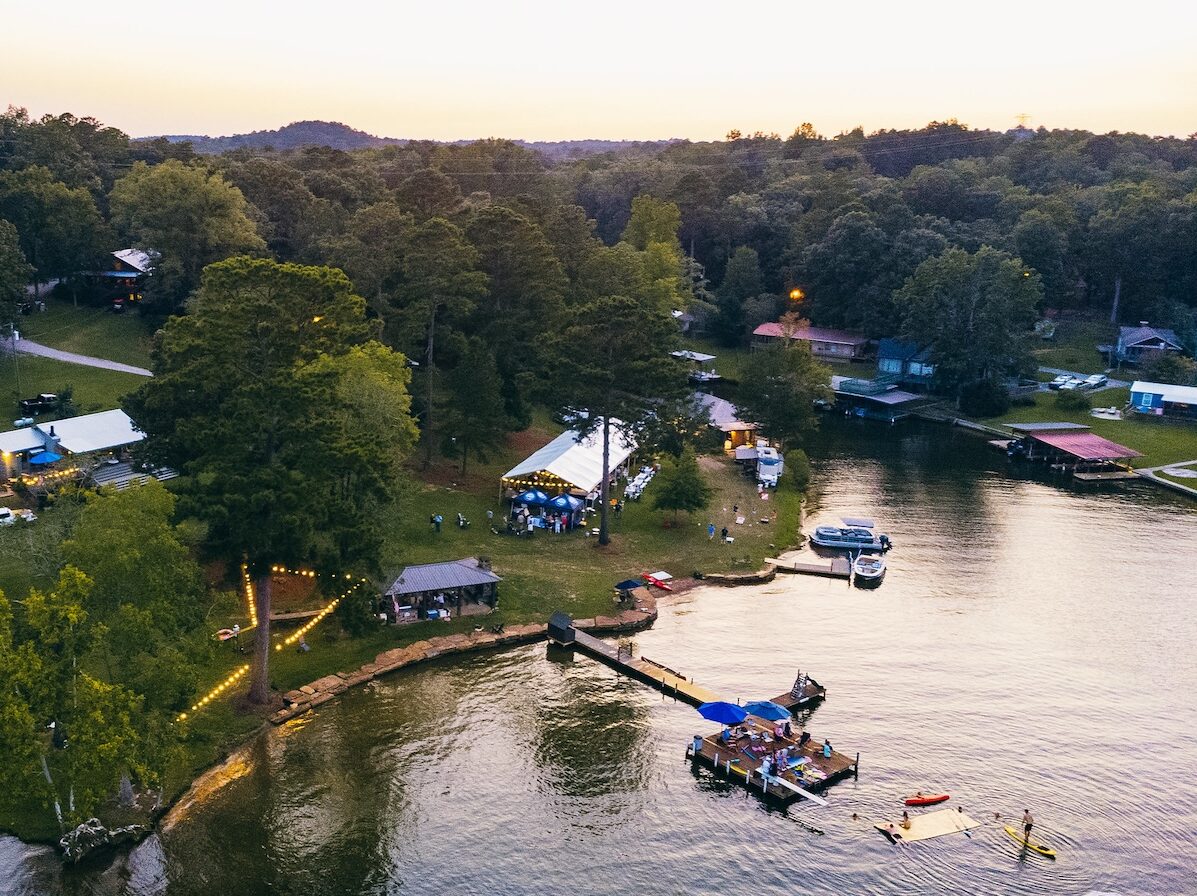If you’ve been to Lake Martin, Alabama, you have probably visited the beautiful Kowaliga area. Whether to eat, boat around, or visit the marina, the area is a mainstay of Lake Martin and is held dear in the hearts of many. But beneath the favorite vacation spot of many Alabamians lie the ruins of a story you have likely not been told before—the story of John Benson and the community of Kowaliga.
The Origin Story of John Benson
According to Russell Lands History, John was born a slave on a plantation near the long-gone Kowaliga Creek before the Civil War. His sister was separated from him at a young age. The owner of the plantation, James Benson of Virginia, passed away shortly after John was born, and his estate was split among his family members.
Before long, young John was moved to Talladega, Alabama, after an heir of Benson’s acquired land there. After the Civil War ended, John found himself a free man in a time of economic rebuilding within the state of Alabama. Taking on the surname of his previous owner, Benson, he embarked on a heroic journey to Florida with the goal of finding his lost sister.
After an extensive search, he found her and brought her back with him to Alabama, where he began work in the Cahaba Field coal mines located in the Shelby County area. John’s hard work and perseverance shined through, and working for less than half a dollar per ton of coal, he managed to save up one hundred dollars and move back to his beautiful hometown of Kowaliga.

Construction of Kowaliga Bridge (Russell Lands on Lake Martin/Facebook)
The Founding of Kowaliga
In 1890, he was able to obtain 160 acres of his former owner’s land and began planting the seeds of what would become a flourishing community on the Kowaliga Creek shore. His expert planning and tenacity paid off and eventually, he owned more than 3000 acres of the land, each dedicated to different crops in order to maximize efficiency. John Benson, once a slave, had become an extremely wealthy landowner against all odds.
John’s son William had watched his father’s journey, inspired by his tenacity and success. John’s success allowed him to send his son to school, and William chose to return after he graduated to help his father on the farm. William was a progressive-minded individual determined to subdue the state’s intolerant nature and unbearable conditions of impoverishment in order to push his community toward a brighter future.

(Lake Martin Life/Facebook)
The Rise and Fall of Kowaliga
In 1897, under William’s leadership, the Kowaliga Academic and Industrial Institute was founded. William also went on to create the Dixie Industrial Company in 1900, employing people of all races and providing material products such as cotton and wood. It was a highly efficient company, grossing $30,000 yearly as per Russell Lands History.
The community of Kowaliga was flourishing thanks to the optimistic Benson family, and things seemed to be going well until the steep economic decline of World War I. According to Russell Lands History, William Benson eventually lost control of the Kowaliga Institute and the DIC to the board of trustees as the economy was being threatened by new, difficult challenges.
In 1926, the Alabama Power Company finished constructing the Martin Dam with the purpose of generating hydroelectric power. This forced residents of the Kowaliga community to pack up and leave, and when the water came rushing through, Kowaliga was left underwater, forgotten by the currents of time. Now, Kowaliga is a very different place. It is a vacationer’s paradise, cherished and loved by many—but Benson’s inspirational story is one that should not be forgotten.




